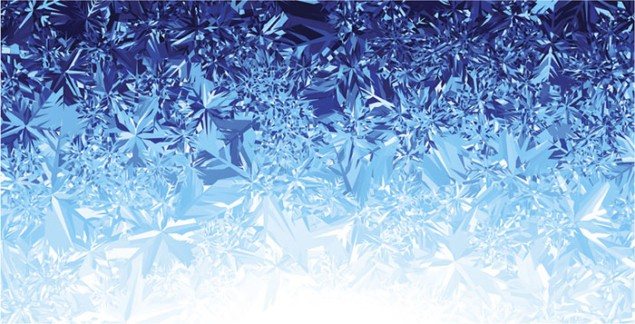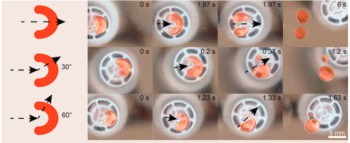
The mystery of why hot water seems to freeze before cold water is one that has long puzzled physicists, who have proposed various mechanisms that could allow for the so-called “Mpemba effect”, even though some scientists dismiss it as a myth. Now, however, a viable theoretical framework is emerging for this counter-intuitive phenomenon. In a new paper in Physical Review Letters, a team of physicists from Spain reports observing a similar effect in models of a granular fluid.
The effect is named after a young Tanzanian boy called Ernesto Mpemba, who first noticed while making homemade ice cream that it froze faster if he did not cool the milk first before placing it in the freezer. But there are references to similar phenomena in writings dating all the way back to Aristotle. No consensus has emerged on what kind of mechanism might be involved, but convection currents, supercooling, or the unusual nature of hydrogen bonding in water have all been proposed as possibilities.
Earlier this year, Oren Raz, now at the Weizmann Institute in Israel, and Zhiyue Lu from the University of Chicago took a key step toward such a universal theory, with the first truly quantitative study showing that it is theoretically possible for hot things to freeze faster than colder things. Their model also predicted an inverse effect, namely that a colder system can heat up faster than a warmer one.
Antonio Lasanta-Becerra of the Universidad de Extremadura in Badajoz, Spain, read their paper and was intrigued. He corralled two colleagues, Antonio Prados and Francisco Vega Reyes from the Universidad de Extremadura, to build on that work and devise their own model for the Mpemba effect in a granular fluid. Key to their model is that their granular fluid contains hard inelastic spheres. So when they collide, the particles lose energy through mechanisms other than thermal loss, speeding up the cooling process.
The main criticism of Raz and Lu’s analysis was that they used very simple models, and water is much more complicated. That makes the Spanish physicists’ follow-up so significant because it finds the same behaviour in a 3D granular fluid.
Water is more complex than even their model, but Greg Gbur, a physicist at the University of North Carolina, Charlotte, who was not involved with either study, points out that Mpemba’s original experiments were with milk, a very different kind of fluid with many larger particles suspended in water. “It may be a close model for what Mpemba actually did,” he says. And it could prove relevant for water too: if the sample is not pure and has similar larger solute particles in it, those impurities could be a contributing factor to the Mpemba effect.
The work is described in Physical Review Letters.



